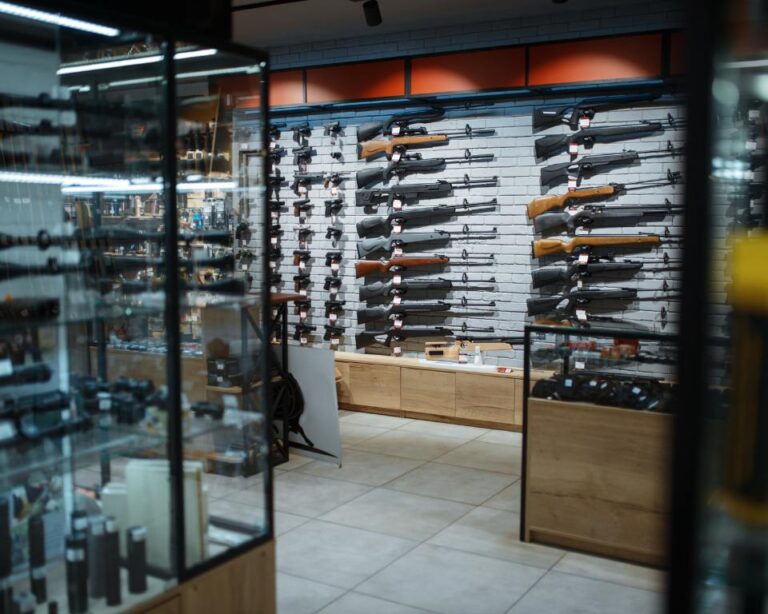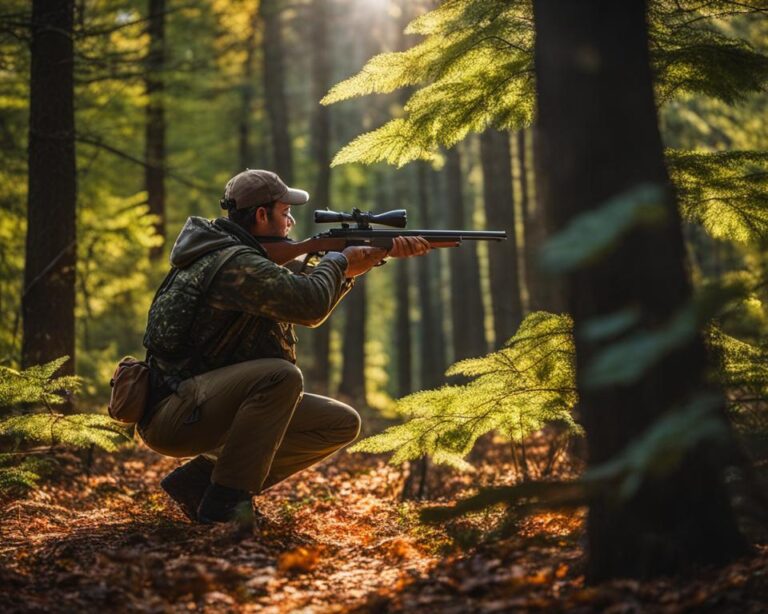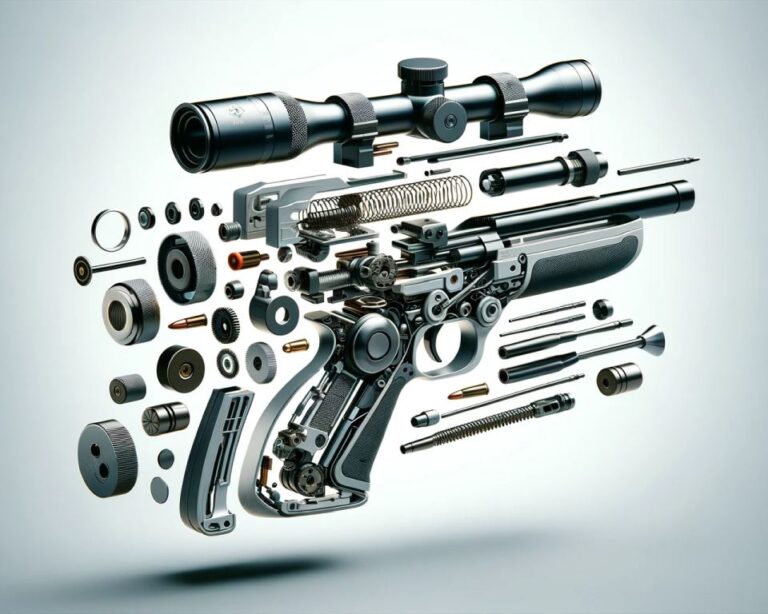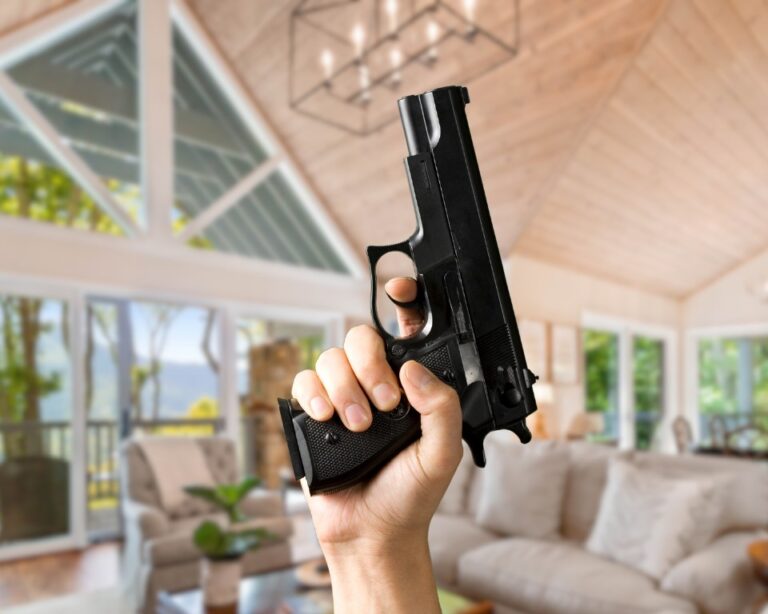Airguns for Rat and Deer Hunting: Effectiveness and Tips
Airguns have come a long way and are often overlooked for hunting. They can be very effective and efficient, and many states are making hunting with airguns legal for different species. Airguns have several advantages over traditional firearms, including being quieter, allowing for backyard practice, and easier cleaning due to no chemical residue. When choosing an airgun for hunting, it’s important to consider the caliber, with small bore airguns suitable for small game hunting and big bore airguns for larger animals like deer and bison. The choice of ammunition, such as domed/round nose, pointed, flat pellets/wadcutters, or hollow points, also plays a role in determining the best airgun for hunting.
Key Takeaways:
- Airguns are often overlooked but can be highly effective for hunting.
- They have advantages such as quiet operation and backyard practice.
- Consider the caliber and choose small bore or big bore airguns based on the game being hunted.
- The type of ammunition, such as domed/round nose or hollow points, also impacts hunting effectiveness.
- Always practice safe and ethical hunting practices.
Choosing the Right Airgun Caliber for Your Targeted Species
The caliber of the airgun plays a crucial role in determining its suitability for hunting specific species. When it comes to small game hunting, such as squirrels, rabbits, and birds, choosing a small bore airgun is ideal. Calibers like .177 or .22 can deliver enough power for an ethical kill when combined with precise shot placement.
On the other hand, if you’re after larger animals like deer, hogs, or even bison, a big bore airgun is the way to go. These guns typically start at .30 caliber and above, providing the necessary energy to take down bigger game.
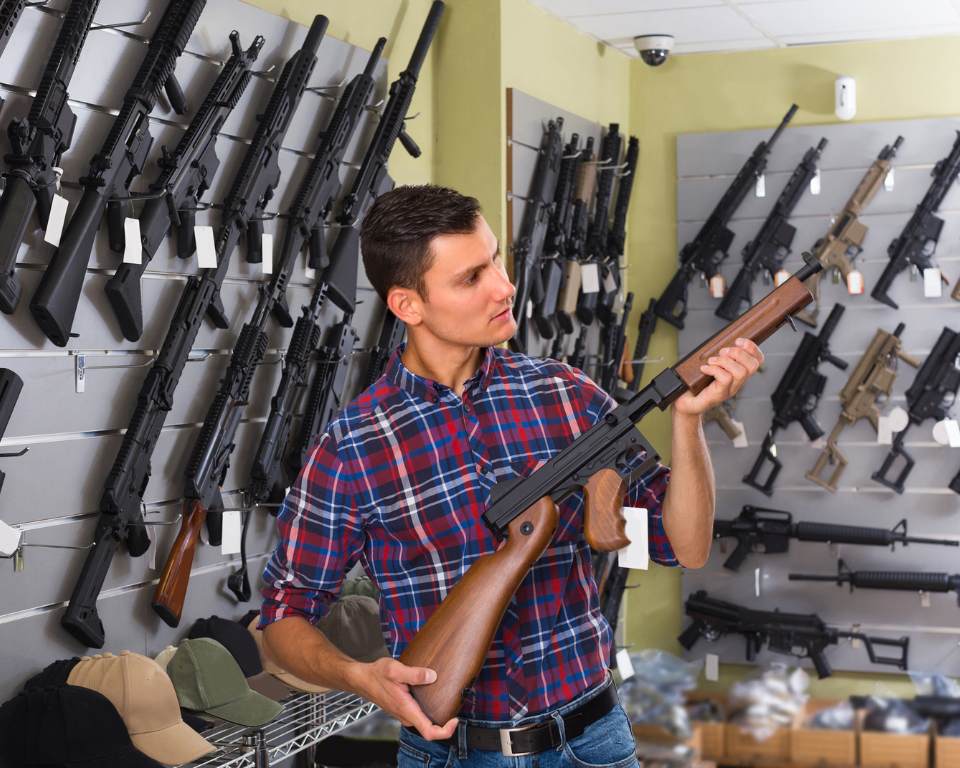
Your decision on which caliber to choose should consider the species you’re targeting and your personal preferences. It’s also essential to familiarize yourself with the legal requirements and regulations regarding airgun hunting in your state.
By selecting the right airgun caliber, you can ensure a successful and humane hunting experience.
Best Airgun Ammo for Hunting
The choice of ammunition is crucial for successful hunting with an airgun. When it comes to small bore airguns, such as .177, .20, .22, and .25 calibers, there are four common shapes of airgun pellets that are widely used: domed/round nose, pointed, flat pellets/wadcutters, and hollow points.
Each pellet shape has its unique advantages and suitability for different hunting scenarios. In particular, domed/round nose pellets are generally considered the best option for small game hunting. Their design enhances accuracy and ensures the delivery of a lethal shot to the intended target.

For larger game animals, such as those targeted with big bore airguns, specific types of ammunition are recommended. Hollow points and cast bullets are popular choices as they provide greater penetration and lethality.
When selecting airgun ammunition, it’s important to consider the size and weight that best suits your airgun’s caliber. Additionally, factors such as shot placement, trajectory, and velocity should be taken into account to ensure a humane and effective kill.
Airguns for Rat Control: Tips and Recommended Models
Airguns can be an effective tool for rat control, especially in farm settings where using shotguns or rimfire rifles is not practical. With their precise shooting capabilities and reduced risk of ricochet, airguns offer a safe and efficient solution for pest control with minimal disturbance to the surrounding environment.
When selecting an airgun for rat control, it’s important to consider certain factors to ensure optimal performance. Compact proportions and a magazine-fed loading system are recommended for quick aim and efficient shooting, allowing for rapid follow-up shots if needed.
In terms of caliber, both .177 and .22 calibers are popular choices for rat hunting. These calibers provide sufficient power and accuracy for effective kills while minimizing the risk of overpenetration in confined spaces. Head shots are preferred for ethical kills, as they ensure a quick and humane dispatch of the pests.
For those seeking reliable airgun models for rat control, there are several options available in the market. The Walther Rotex RM8 UC, BSA R-10 Mk2, Weihrauch HW 100 BP, and Brocock BRK Ghost Carbine are highly recommended airguns known for their accuracy, durability, and performance in controlling rat populations.
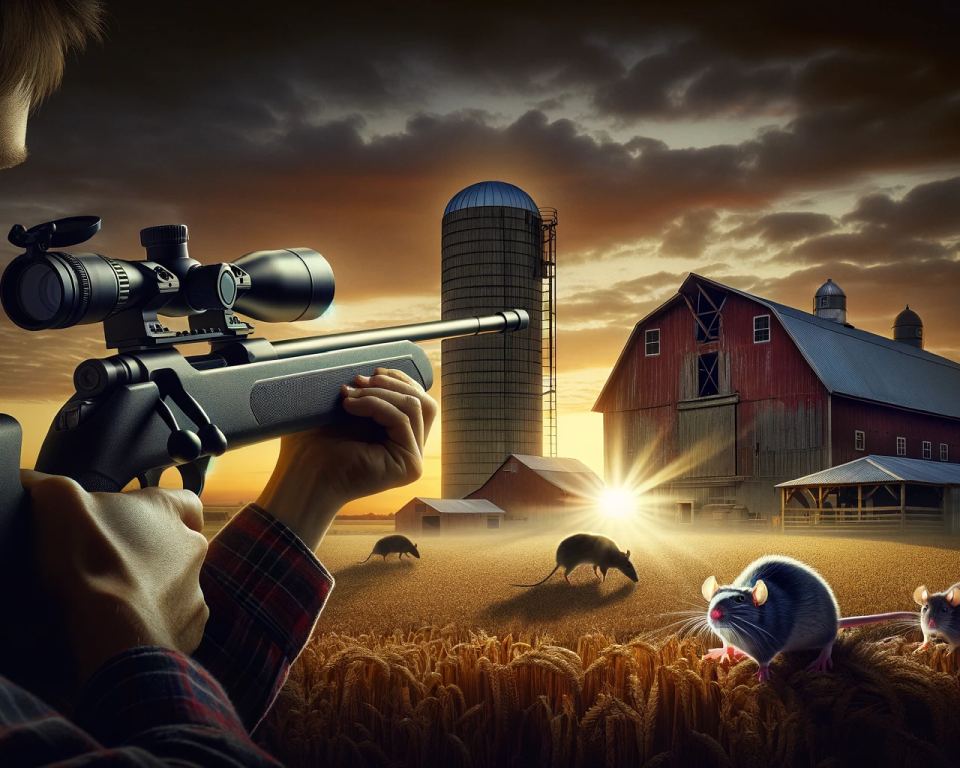
Remember, when using airguns for rat control, it’s crucial to adhere to local regulations and safety guidelines. Always prioritize safety and responsible pest management practices to ensure a successful and effective rat control strategy.
Tips for Ratting with Airguns
Ratting with airguns can be a rewarding and effective method of pest control. To ensure success, there are several tips and strategies to keep in mind. By following these guidelines, you can optimize your ratting experience and maximize your results.
Before starting your ratting excursion, it’s crucial to scout the area and familiarize yourself with the landscape. Look for signs of rat activity, such as burrows, droppings, or gnaw marks. Identifying rat runs and nesting sites will allow you to set up in strategic locations for a higher chance of encounters.
To increase your chances of attracting rats, using bait is essential. Liquidized cat food or fishmeal pellets are popular options that entice rats and keep them stationary, making it easier to take a clear shot. Placing the bait near rat runs or nesting areas increases the likelihood of rats being drawn to it.
Once you have identified the ideal hunting spot and baited the area, it’s time to set up your shooting position. Comfort and stability are crucial for accuracy, so make sure to find a comfortable spot and stabilize your shooting position with a bipod or shooting rest. This will help you maintain precision and take ethical shots.
Safety is a top priority when ratting. Always wear gloves when handling rats to protect yourself from any potential diseases. After a successful hunt, use a litter grabber or disposable gloves to clean up any remains, ensuring proper hygiene and preventing the spread of disease.
In addition to these tips, certain airgun accessories can greatly enhance your ratting experience. Consider investing in an airgun scope to improve accuracy and visibility, especially during low-light conditions. Gun lamps specifically designed for airguns are also valuable tools, providing reliable illumination for night hunts.
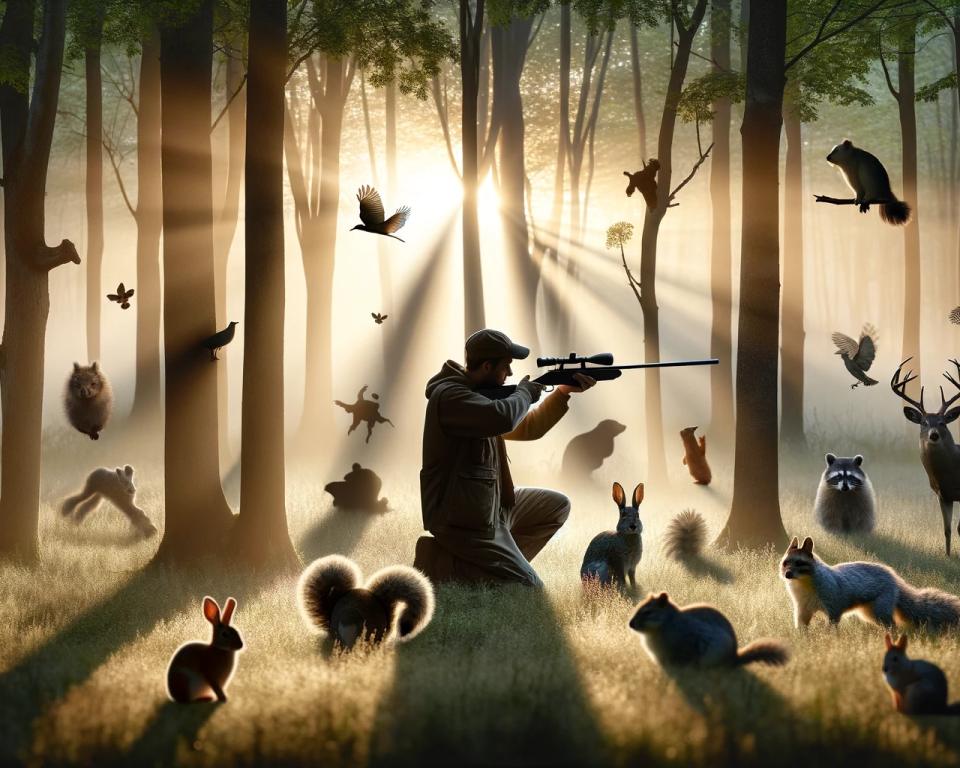
Airguns for Small Game Hunting: Beyond Rats
While airgun hunting is often associated with targeting rats, there is a vast array of small game animals that can be pursued with air rifles. Popular targets for small game hunters include cottontail rabbits, gray squirrels, woodchucks, raccoons, and opossums. Each animal presents unique challenges and requires hunters to employ accurate shot placement for ethical and humane kills.
When selecting an airgun for small game hunting, calibers like .177, .20, .22, and .25 are commonly used. These calibers provide the necessary power and accuracy when paired with the appropriate ammunition. It’s crucial for hunters to have a comprehensive understanding of the behavior and anatomy of their targeted species to maximize the effectiveness of their shots.
Hunting squirrels requires stealth and precision, as these agile creatures have sharp senses and quick reflexes. Rabbits, known for their speed and evasion skills, demand careful stalking and accurate shooting. Woodchucks, also known as groundhogs, are challenging to hunt due to their burrowing nature and keen awareness of their surroundings. Successful hunting of these small game animals requires not only proper equipment but also a deep understanding of their habits and habitats.
Remember, small game hunting with air rifles requires responsible and ethical hunting practices. Always adhere to local hunting regulations and ensure your shots are accurate, clean, and humane. By respecting the environment and practicing ethical hunting techniques, airgun hunters can experience the thrill of small game hunting while contributing to conservation efforts.



